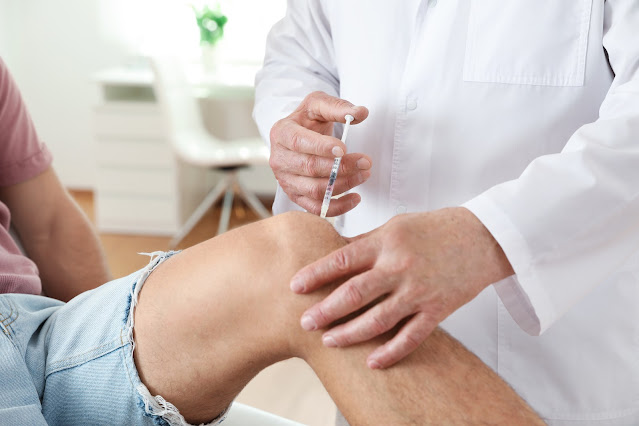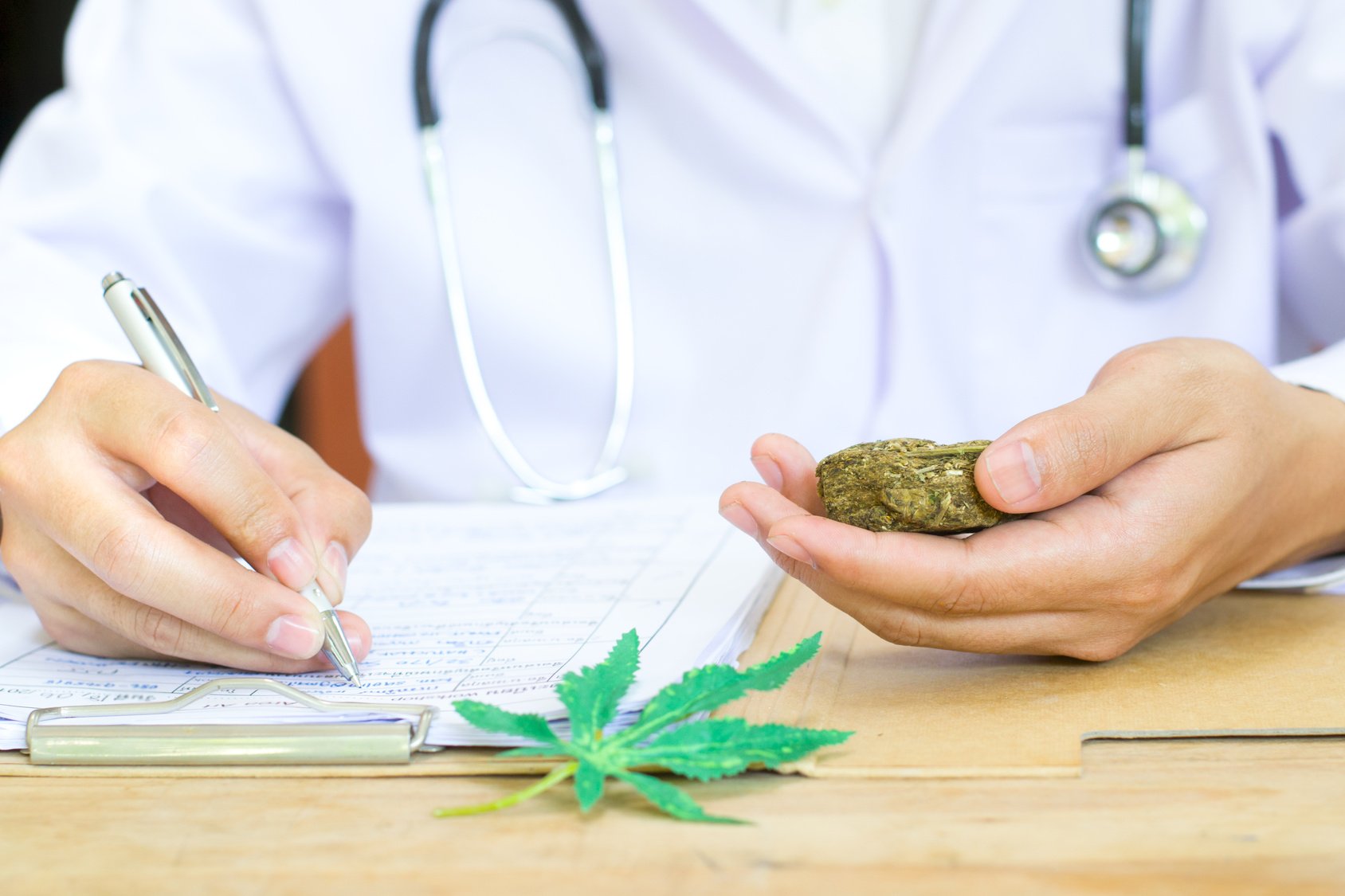
Neck pain is very frequent and can be caused by a variety of circumstances. These include recurrent forward movement patterns, poor posture, and the habit of holding your head in one position.
It doesn't take much to produce pain in this area of your body, and that pain can easily spread to your shoulders and back. Headaches and even injuries can result from neck pain.
Yoga is a fantastic method for relieving neck pain. In at least one study, persons who practiced yoga for nine weeks experienced pain reduction and functional benefits. You can learn to release any tension in your body through practice.
Yoga may be beneficial in the treatment of persistent neck pain.
1. Cat cow pose
Tension can be released by flexing and stretching the neck.
- Begin on all fours, hands under your shoulders and knees under your hips.
- Allow your tummy to fill with air and drop toward the floor as you inhale.
- Look up toward the ceiling while allowing your head to fall back slightly.
- Keep your head here or gently lower your chin.
- Turn to glance over your right shoulder as you exhale.
- Return your attention to the center after a few moments.
- Look over your left shoulder as you exhale.
- Hold that position for a few seconds before returning to the center.
- Tuck your chin into your chest and curve your spine from here.
- Hold this stance while allowing your head to dangle down.
- Shake your head side to side, then forward and backward.
- Continue the flowing motion of the cat-cow position for at least 1 minute after these variations.
2. Half lord of the fishes pose
The spine, shoulders, and hips are all stretched by this twist.
- Sit on the floor and put your right foot on the outside of your left hip.
- Bend your left knee and cross it over your right leg, allowing your left foot to be "rooted" into the floor to the outside of your right thigh.
- Stretch your spine and then twist to the left with your upper body.
- Place your left hand behind your buttocks on the floor.
- Bring your right arm up and around your left leg.
- Turn your head to look over either shoulder or make mild forward and backward neck movements.
- Hold this stance for one minute.
- Then repeat on the other side.
3. Cow face pose
The cow face position stretches and opens the chest and shoulders.
- Sit down in a comfortable position.
- Raise your left hand and bend the elbow so your palm can reach your back.
- Pull your left elbow to the right with your right raised hand.
- Hold this stance for 30 seconds.
- Then repeat on the opposite side.
4. Extended puppy pose
This pose is excellent for stress relief and stretching your back and shoulders.
- Start on all fours, with your wrists directly beneath your shoulders and your knees directly beneath your hips.
- Lift your heels and walk your hands forward to rise onto your toes.
- Bring your buttocks down toward your heels slowly, pausing halfway.
- Keep your arms engaged and your elbows elevated.
- Place your brow on the floor or a blanket.
- Allow your neck to relax completely.
- Maintain a tiny bend in your lower back as you press into your hands, stretch your arms, and drag your hips down into your heels.
- For 1 minute, hold.
Conclusion
If those exercises do not relieve your neck pain, you may consider going to a doctor. You may try to find a neck pain specialist by googling or asking friends, who had the same problem. Weather way, check their qualification first.

 Log in with Facebook
Log in with Facebook 









